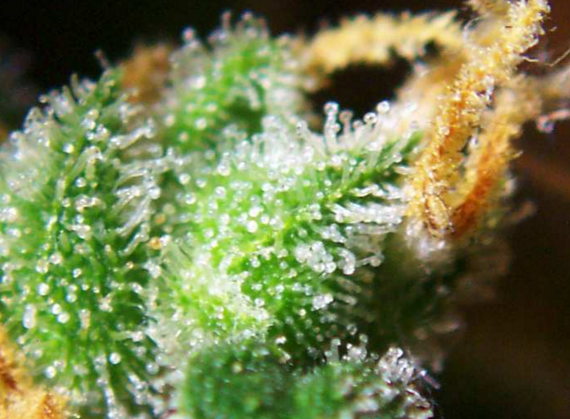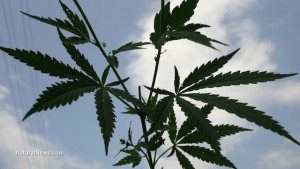
Advertisement
Marijuana consumers cannot assume that any and all marijuana purchased is pure and organic. Like many plants grown commercially, marijuana plants are subject to synthetic fertilizers and chemical pesticides more often than not. Like any other product on the market, one needs to ask questions about the origins of the plants, and what herbicides or pesticides have been used on them before purchasing.
Is this marijuana organically cultivated?
This will be a difficult question to get an answer to. The term “organic” is controlled by the USDA, a federal agency. The USDA is not allowed to regulate organically produced cannabis, since it is still considered to be a Schedule 1 drug and therefore illegal. Therefore, there can be no USDA certification. The best solution is to find a home grown product or to find a grower that has a third party certification with marijuana that has been independently tested and verified, such as Clean Green Certified and Certified Kind, two agencies that offer certification on a par with USDA standards.
Natural News also has a food and products lab that tests for heavy metals, pesticides and so on.
Was this marijuana grown under artificial lighting?
The best way to grow cannabis plants is to have the plants outdoors in natural sunlight. Not only is there a huge environmental impact of growing marijuana indoors under artificial lighting, but plants grown indoors produce less volume and lower potency plants, because the actual lumens they get is only a fraction of that available from natural sunlight. Plants grown naturally outside grow as they should, strong, healthy and with little maintenance. After all, weed is not called weed for nothing, it can grow prolifically with minimal interference.
Generally speaking, plants grown indoors are more prone to aphids and mites. If synthetic insecticides are used, not only is this harmful to humans but also toxic to helpful insects like bees and the environment in general. Healthy soil found outside has all the nutrients and trace minerals required for healthy plant growth. There are plenty of toxic products marketed to cannabis growers, promising increased yield and potency, but humans consuming cannabis grown in this fashion risk ingesting toxins from fertilizers, pesticides and molds.
Marijuana plants grown indoors can be subject to mold, which is a problem even when rooms are well-ventilated. The clean, sanitizing value of fresh air and sunshine cannot be replicated in a growing room under artificial lights.
Indoor cannabis cultivation can become an expensive exercise, due to the cost of lighting, fans, timers, containers, nutrients and/or the leasing of warehouse space.
Sources:
Submit a correction >>
This article may contain statements that reflect the opinion of the author
Advertisement
Advertisements
















